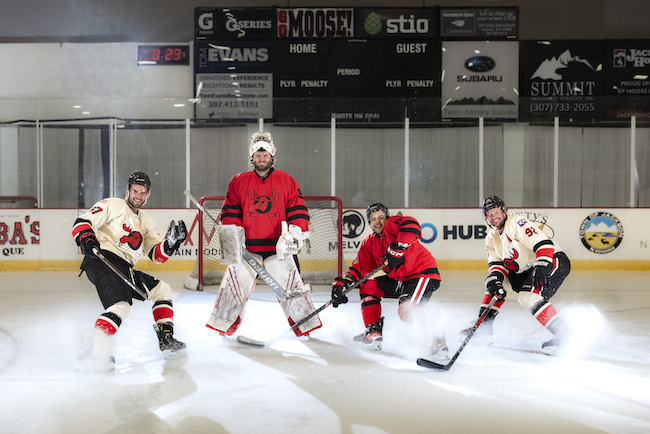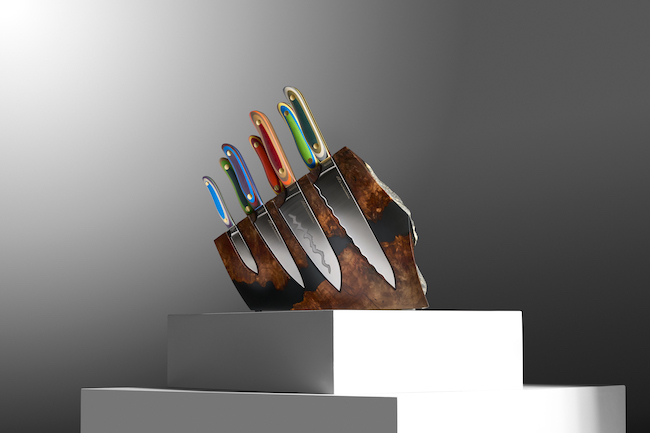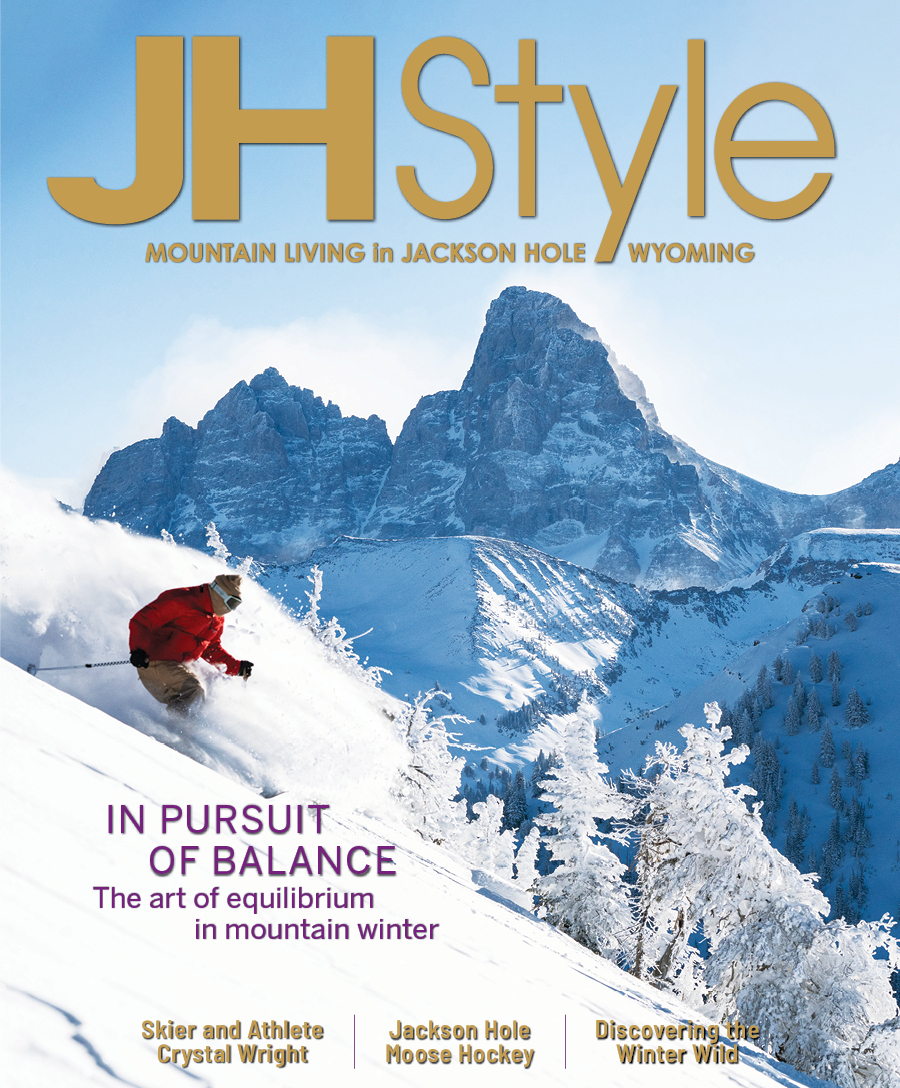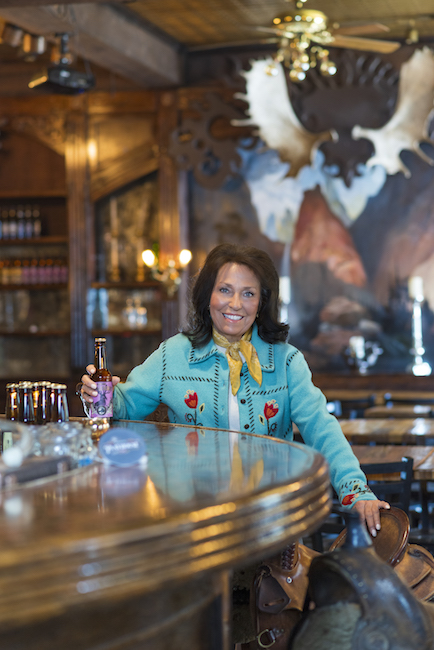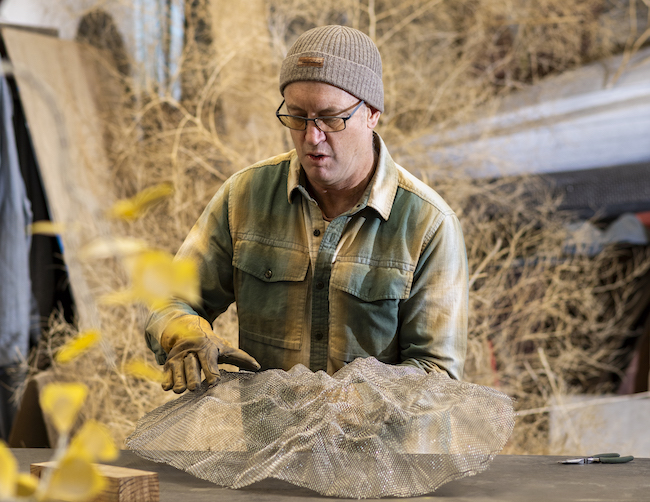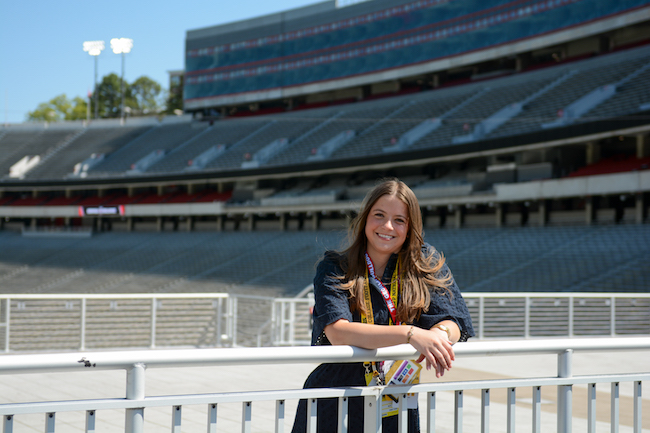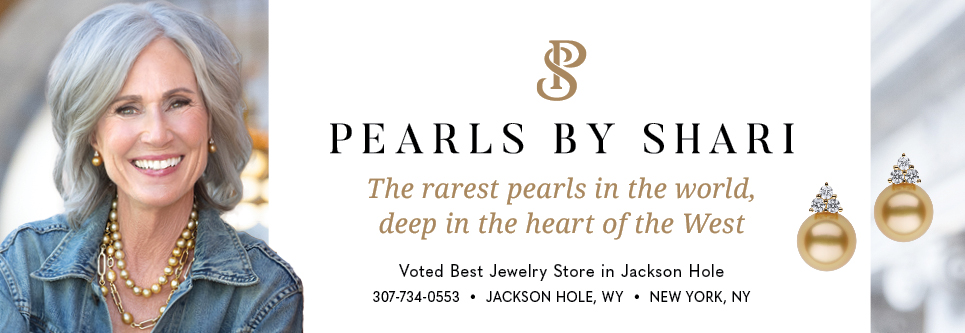Teaching the Art of Seeing
23 Nov 2025
Photographer and teacher Jon Stuart believes that both creating and appreciating art must be accessible to all
Winter/Spring 2026
Written By: David Porter | Images: David Bowers
One evening last August, Jackson Hole photographer Jon Stuart and I met in the photography studio at the Art Association of Jackson Hole where Jon has been teaching for over 20 years. Our conversation over a delicious flute of champagne centered around Jon’s photos and his love for teaching. Jon’s large format photos, shot with an 8X10 camera, a 40 pound behemoth that he would lug around the West, are stunning and clearly show his patience for the precise moment to capture the sky’s light to feature the foreground landscape, the distant horizon, the clouds. While his photos speak for themselves, Jon has found his true passion in teaching photography as ideas and is forever grateful to those who set him on his path and later supported his teaching career.
Jon was born in Kentucky and introduced to photography by his father, himself a photographer. Three of the father’s books made an indelible impact on the child: an anthology of gravure monotypes, a 1946/47 photographic survey of the Museum of Modern Art, and a book by professional photographers Paul Strand and Edward Weston. In his formative years, Jon was sure he’d become an academic, but in his final term at Dartmouth, where he studied politics, Jon talked his way into a history of photography course with Peter C. Bunnell that changed his life. At that moment, he knew he’d become a photographer.
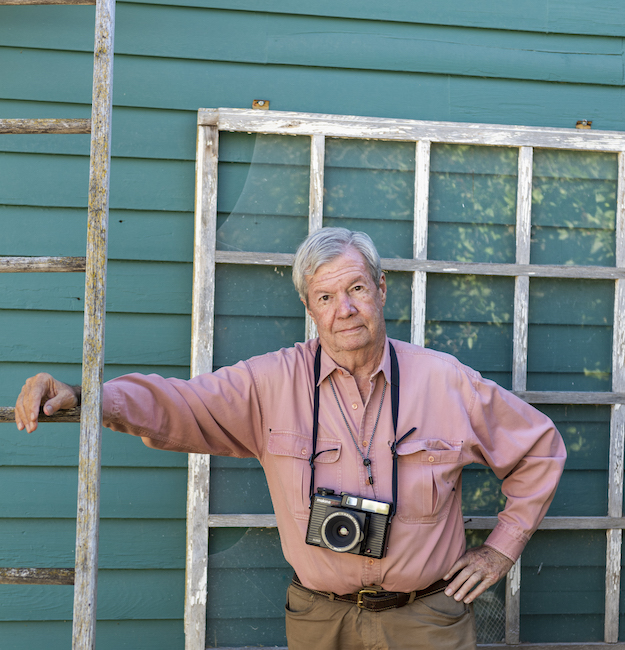
After completing military service in 1972, Jon headed west to Jackson Hole. He immediately fell for the mountains, the people, and the sense of place. Jon was a rock climber here, and he and his new friend, Mike Casey, became avid canoeists, slipping their vessel into waters throughout the region.
Jon would visit Yosemite National Park to take photos and climb. One day he fell off a rock and broke some ribs. As climbing was paused because of injury, Jon “walked into Ansel Adams’s Yosemite studio and asked for a job.” Jon speaks modestly about his work as an instructor at the studio but admitted, “I’ve been lucky” in my career, and this teaching position offered Jon a new direction for his work.
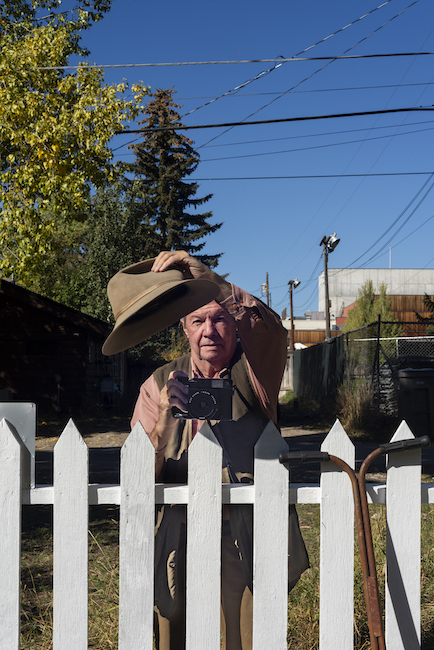
Jon said that his photographic approaches “always come back to Strand, Weston and Adams, yet I needed to get away from black and white photography and shoot in color. Then, no one would see my antecedents in my work.” Over a period of ten years, Jon shot candid color photos of people at art galleries. How candid were they? “I’d grab a camera on my way out the door. At the openings, the shutter would be set on auto, and I would literally allow it to shoot photos from my hip.” Jon composed a collection of these shots of random individuals reacting to art, and they were later exhibited in the Corcoran Gallery of Art in Washington, DC.
While Jon is proud of his landscapes and anonymous portraits, he feels his vocation is teaching, not the techniques of photography, which, he said, “people learn by making mistakes”, but focusing on “the spirit of what photography is, the ideas.” Jon’s lifelong friend, photographer and newspaper publisher Liz McCabe, funded a photography education position at the National Museum of Wildlife Art, where Jon has taught for years, teaching the spirit of photography and ideas. McCabe also encouraged Jon to build a studio and dark room at the Art Association of Jackson Hole, so he did. He is pleased with the photography facilities he designed and equipped. “They’ve performed well over the last 20 years and should be good for another 25.”
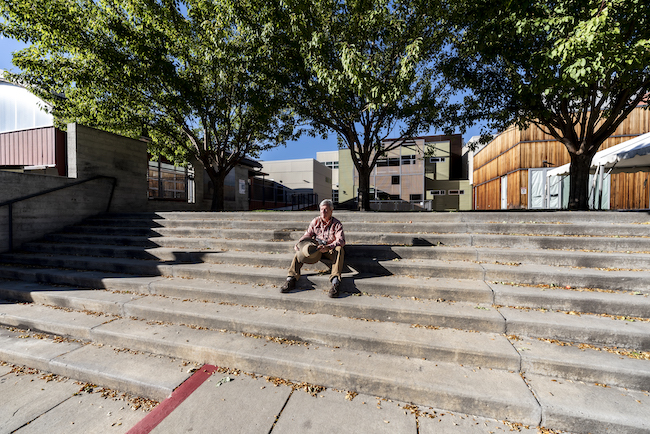
Jon said that “art ought to be fair game,” something he emphasizes with his students. He tells his students that part of being an artist is responding to the work of others. “We must be able to observe.” Thus, if we learn to see, we better learn how to shoot photos. Jon guides his students to capture images that hold a little surprise for the viewer, “to create a picture that the audience can see and discover.” He said, “the artist should not control the picture.”
Above all, Jon wants anyone to have access to photography and making art. He feels it is essential to pass along the access that has been provided to him by his father, Bunnell, Adams, McCabe, philanthropist Helen Gordon and so many others to his students at the Art Association. “I didn’t do this alone,” Jon said. “I have been incredibly supported, and that’s what’s truly important.”

